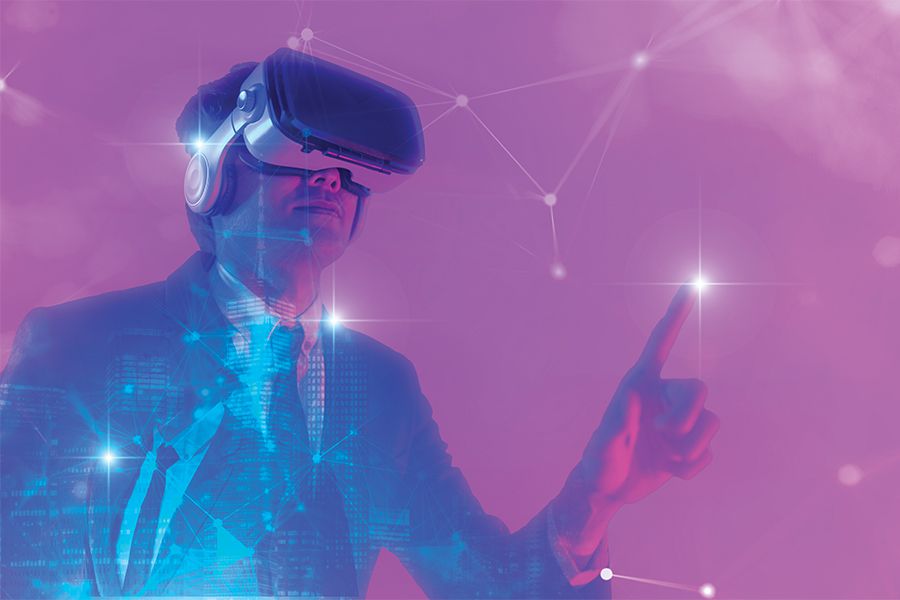The metaverse is at a very early stage of its evolution, and as such it is hard to imagine what exactly it will be once it is fully realised.
However, what we can say with some degree of confidence is that the metaverse is looking increasingly likely to be the next iteration of the internet. As such, the metaverse is being taken seriously by an increasingly larger number of businesses.
Microsoft’s chief executive Satya Nadella says the metaverse has the potential to “not only transform how we see the world but how we participate in it, from the factory floor to the meeting room”. Facebook is so confident in the metaverse that it has renamed itself Meta and spent $10bn (£7.6bn) on its metaverse division.
What exactly is the metaverse?
JPMorgan, which recently entered the metaverse, describes it as a “seamless convergence of our physical and digital lives”.
Facebook co-founder Mark Zuckerberg says its defining quality is a “feeling of presence – like you are right there with another person or in another place”.
In fact, many of the building blocks of the metaverse already exist in the form of popular virtual online games such as Fortnite or Minecraft. Yet the metaverse envisages a future where all these virtual worlds not only interconnect but stretch into pretty much every realm of activity. In a sense, the world of gaming is being re-branded to encompass, well, almost everything.
It is probably worth noting that while some games require you to use a virtual reality headset, most of the metaverse will be accessible on phones, tablets or PCs.
How did we get here?
The concept of the metaverse is far from new. The term was first coined in the early 1990s by science fiction author Neal Stephenson who imagined the metaverse as a virtual-reality-based internet.
The first real foray into this new world was in 2003 with online virtual world Second Life. Second Life may have failed to take off as many predicted, but it did get many thinking about what life in a virtual world could mean. Perhaps more significantly was the launch in the same year of Roblox, an online gaming platform that supports user-created worlds. With 47mn daily users, Roblox is often now cited as an early example of metaverse success.
Since then, many virtual gaming worlds such as Minecraft, World of Warcraft and Fortnite have sprung up and have grown large supporting economies. During the pandemic the full scope of what these worlds could offer really took off; most famously a concert by Travis Scott on Fortnite, which was watched by 45mn people, reportedly earning him $20mn. That a concert hosted within a virtual world could generate such significant sums and attract such a large audience has caused many to sit up and realise the extraordinary potential that these new worlds could offer.
We now have what many consider to be metaverse prototypes (virtual worlds that move beyond gaming), most notably user-created virtual worlds Decentraland and The Sandbox – and their land is proving valuable. The Sandbox, which now has 2mn registered users, saw 65,000 transactions in 2021 totalling $350mn. During 2021, land values rose considerably, from $100 per land in January to $15,000 in December.
Source: https://www.ftadviser.com/your-industry/2022/04/19/does-the-metaverse-offer-anything-for-financial-advisers/
